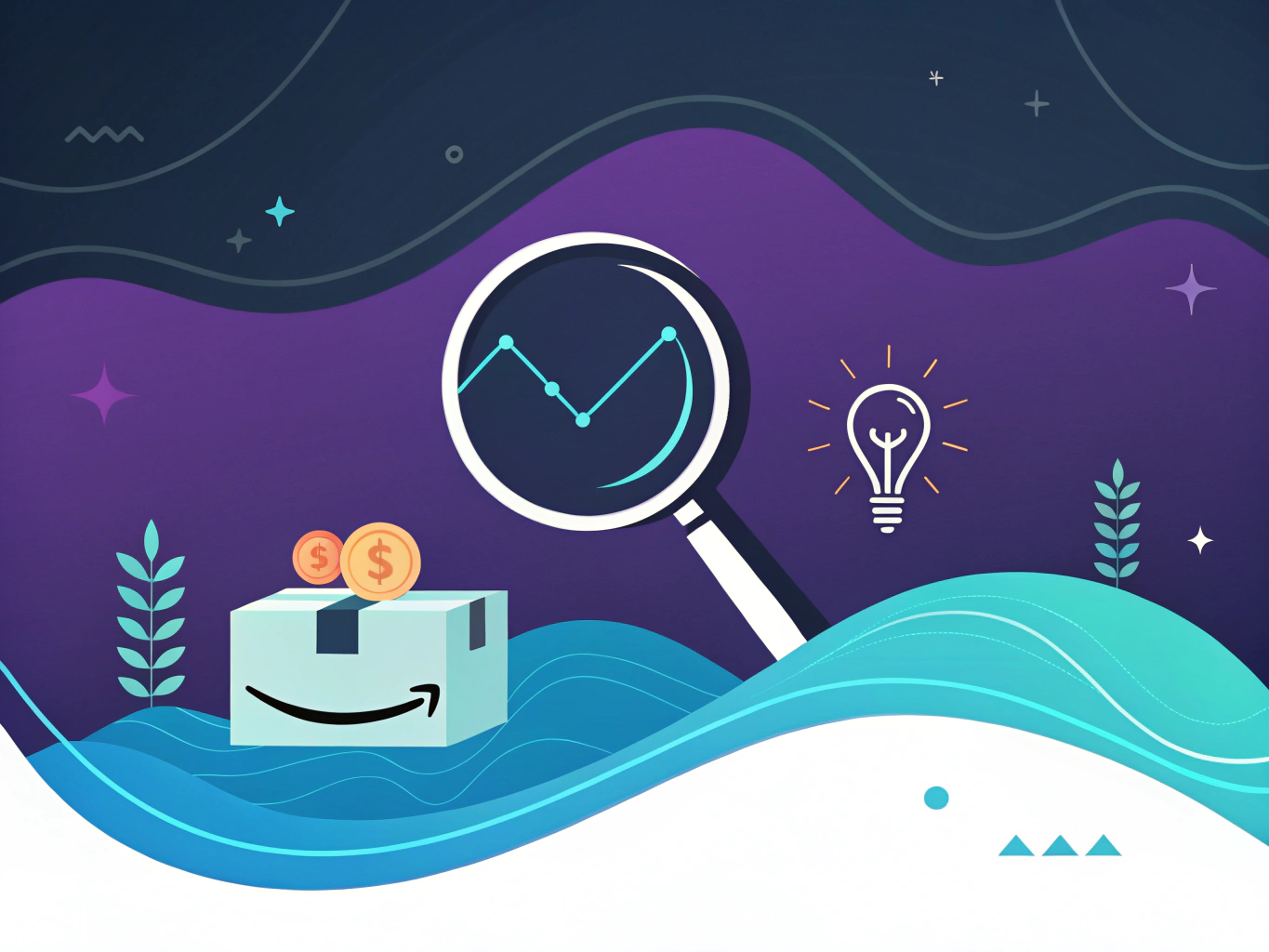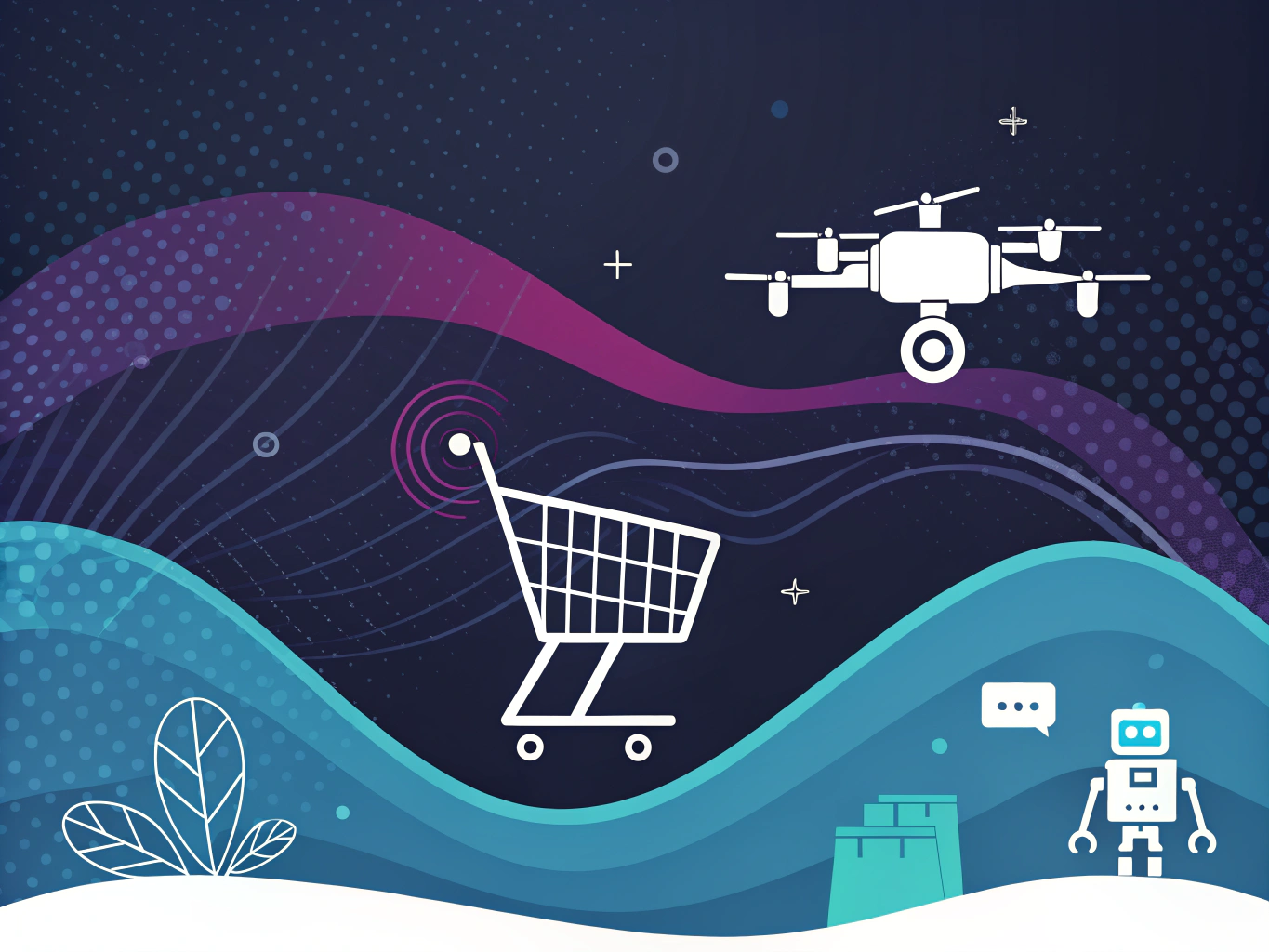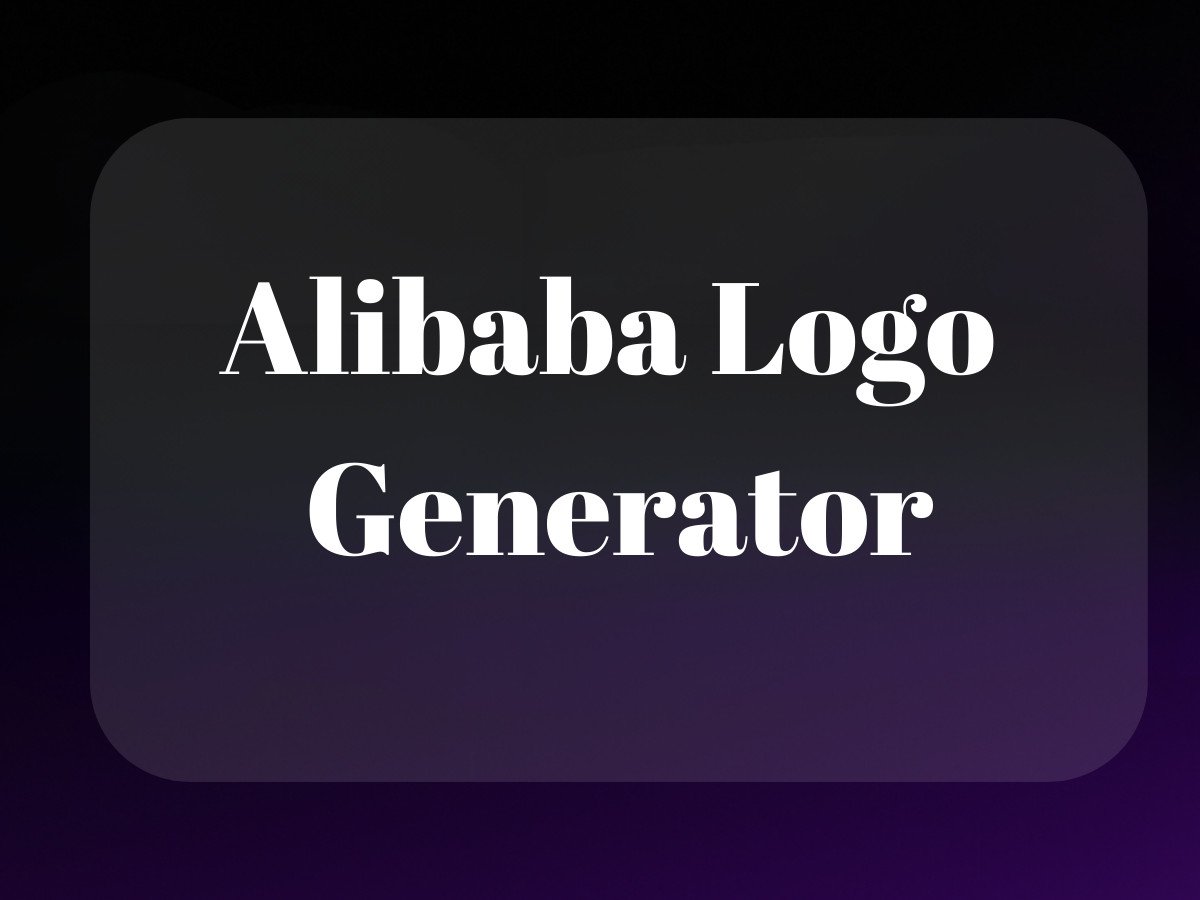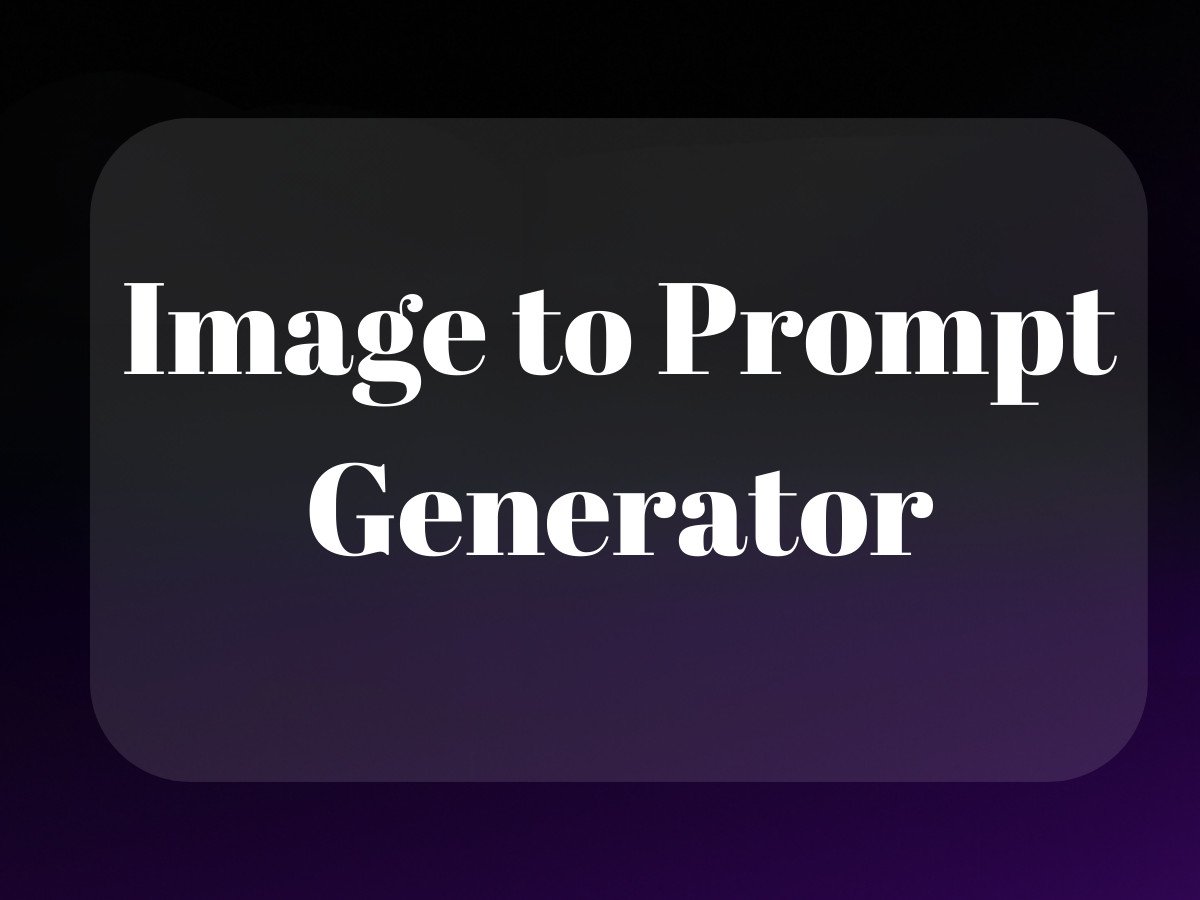Why Most Amazon Sellers Are Looking at Product Selection All Wrong
Let’s be honest – finding the best products to sell on Amazon for beginners feels a lot like trying to predict which Marvel movie will actually live up to the hype. Everyone’s got an opinion, there are countless “foolproof” strategies floating around, and yet most new sellers still end up disappointed.

Here’s the thing: The traditional advice about picking “hot products” or “following trends” is about as useful as a chocolate teapot. I’ve spent years helping ecommerce brands navigate Amazon’s ecosystem, and I can tell you – success isn’t about chasing what’s trending on TikTok this week.
It’s about understanding the fundamental principles that make certain products consistently profitable while others flame out faster than a Game of Thrones spin-off. And that’s exactly what we’re going to break down today.
The Real Truth About Best Products to Sell on Amazon for Beginners

Think of Amazon like a digital Hunger Games arena (minus the whole death match thing). You’ve got 2 million active sellers all competing for attention, with about 350 million products vying for eyeballs. Standing out isn’t just about picking a “hot” product – it’s about finding your tactical advantage in this massive marketplace.
What Actually Makes a Product “Good” for New Sellers?
Let’s ditch the conventional wisdom for a second and look at what really matters:
- Competition Level: You want the Goldilocks zone – not so crowded that you’re fighting giants, not so empty that there’s no proven demand
- Profit Margins: Aim for 30-40% minimum after all costs (yes, ALL costs – we’ll get into that)
- Problem-Solving Potential: Products that solve specific problems tend to have more loyal customers
- Operational Complexity: As a beginner, you want products that won’t give you logistics nightmares
Understanding Product Selection Through Data (Not Dreams)
I’ve seen too many beginners fall into the trap of picking products based on what they “think” will sell. That’s like trying to win at poker by guessing – sure, you might get lucky, but the odds aren’t in your favor.
The Numbers That Actually Matter
When analyzing top selling items on Amazon, here’s what you should really focus on:
- BSR (Best Sellers Rank) between 1,000-50,000 in main category
- At least 10 sales per day (you can estimate this using tools like Helium 10)
- Less than 200 reviews on the first page competitors
- Price point between $15-50 (sweet spot for impulse buys while maintaining margins)
The Most Profitable Items to Sell on Amazon Right Now
Based on current market analysis and seller success rates, these categories are showing particularly strong potential for beginners:
1. Home Organization & Storage
The Marie Kondo effect isn’t just a trend – it’s a lifestyle shift that’s created consistent demand. Think clever storage solutions, space-saving gadgets, and organizational tools. These products typically have healthy margins and relatively low return rates.
2. Pet Accessories & Care
Pet parents spent over $103.6 billion in 2020, and that number’s only growing. The key here is finding specific niches within the broader category – like enrichment toys for anxious dogs or specialized grooming tools.
3. Insulated Tumblers & Drinkware
This category is fascinating because it perfectly illustrates what makes a product “beginner-friendly.” The demand is steady (everyone drinks), the product is durable (low returns), and there’s room for brand differentiation through design and features.
How to Start an Amazon Store Without Losing Your Shirt
Let’s talk about how to actually get started without making the expensive mistakes I see new sellers make every day. The good news? You can sell on Amazon for free (well, almost – there’s still inventory cost).
The Smart Way to Test Products
Instead of going all-in on one product, here’s a smarter approach:
- Start with a test batch of 100-200 units
- Use Amazon PPC conservatively ($20-30/day) to gather data
- Monitor key metrics for 30 days before scaling
- Keep at least 25% of your initial investment as a cash reserve
Can You Make $1000 a Month on Amazon?
The short answer is yes. The real answer is: it depends on your execution. Let’s break down some realistic numbers:
- Average product price: $25
- Net profit margin: 30%
- Profit per sale: $7.50
- Required sales for $1000/month: 134 units
- Daily sales needed: 4-5 units
This is absolutely achievable with the right product and strategy. The key is understanding that success on Amazon isn’t about finding some magical “best” product – it’s about executing well on a solid opportunity.
The Product Selection Framework That Actually Works

After helping hundreds of brands launch on Amazon, I’ve developed a framework that consistently works for identifying viable products. Here’s what you need to look for:
1. Market Validation Signals
- Multiple sellers doing $10k+ monthly revenue
- Reviews indicating clear product problems you can solve
- Seasonal stability (check 12-month sales history)
2. Operational Feasibility
- Product dimensions under 18x18x18 inches
- Weight under 5 pounds
- Minimal regulatory requirements
- Simple manufacturing process
3. Growth Potential
- Opportunity for product variations
- Bundle potential
- Cross-selling opportunities
- Brand registry eligibility
The beauty of this framework is that it works regardless of market conditions or trends. It’s about finding products that make fundamental business sense, not chasing the latest fad.
Essential Criteria for Product Selection
Let’s get real about something – picking products to sell on Amazon isn’t like throwing darts at a wall (though sometimes that might feel easier). As someone who’s helped countless brands navigate this space, I’ve seen the same pattern emerge: successful Amazon sellers treat product selection like a science experiment, not a gamble.
Market Research Fundamentals: Your New Best Friend
Think of Amazon’s Best Seller Rank (BSR) as your product’s credit score – it tells a story about performance and potential. But here’s what most “gurus” won’t tell you: BSR is just one piece of a much larger puzzle. I’ve seen products with mediocre BSR absolutely crush it because they nailed other crucial metrics.
When I work with brands launching on Amazon, I encourage them to look at three core metrics:
- Monthly sales volume (aim for at least 300 units/month in your target category)
- Competition density (fewer than 1000 reviews on the top 3 listings is ideal)
- Profit margins (shoot for 40% minimum after all fees – yes, ALL fees)
The Risk Assessment Framework Nobody Talks About
Here’s something that keeps me up at night: watching new sellers dump their life savings into inventory without running a proper risk assessment. It’s like jumping into the deep end without checking if there’s water in the pool. Let’s break down what actually matters:
Initial Investment Requirements
The sweet spot for beginners? $3000-5000. I know, I know – you’ve seen those YouTube ads promising riches with just $500. But here’s the truth: you need enough cash to order a decent initial inventory (usually 500+ units), create professional photos, run some basic PPC campaigns, and still have a buffer for unexpected costs.
Inventory Management: The Silent Killer
Remember the Great Toilet Paper Shortage of 2020? That’s what poor inventory management feels like – except you’re the one who runs out of stock during peak demand. The key is understanding your product’s seasonality and lead times. I’ve developed a simple formula:
Minimum inventory = (Average daily sales × Lead time in days × 1.5) + Safety stock
Top Product Categories for New Sellers
After analyzing thousands of product launches through ProductScope AI, I’ve noticed certain categories consistently perform better for beginners. It’s not just about what’s trending – it’s about finding that sweet spot between demand, competition, and manageability.
Home and Kitchen Essentials: The Evergreen Gold Mine
Here’s why Home and Kitchen products are like the Swiss Army knife of Amazon categories – they’re practical, always in demand, and people actually need them. Some current winners include:
- Silicone kitchen organizers (especially drawer dividers)
- Eco-friendly food storage solutions
- Smart home organization tools
- Minimalist home decor items
Health and Personal Care: The High-Margin Haven
The health and personal care category is booming, but here’s the catch – you need to be extra careful with regulations. That said, these subcategories are crushing it:
- Natural wellness products (think supplements and vitamins)
- Sustainable beauty accessories
- Home fitness equipment (especially compact solutions)
- Mental wellness tools
The Pet Products Gold Rush
Let me tell you something fascinating – the pet industry is practically recession-proof. During economic downturns, people might cut back on their own expenses, but Fido still gets the premium treats. Focus on:
- Interactive pet toys (especially those addressing anxiety)
- Eco-friendly pet care items
- Smart pet accessories
- Natural grooming products
Advanced Product Selection Strategies

This is where things get interesting – and where most sellers either level up or flame out. The difference? Understanding how to read between the lines of market data.
Niche Market Analysis: Finding Your Blue Ocean
Stop trying to compete with the masses. Instead, look for what I call “micro-niches” – smaller, more focused markets with passionate buyers. For instance, instead of selling general yoga mats, consider specialized mats for hot yoga practitioners who need extra grip.
Here’s my tried-and-tested framework for validating a niche:
- Search volume: At least 1000 monthly searches for your main keywords
- Competition level: Less than 100 reviews on the first page listings
- Price point: $20-70 sweet spot (allows for healthy margins)
- Problem-solution fit: Clear, specific problem your product solves
Product Sourcing: The Make-or-Break Decision
Listen, I’ve seen too many sellers get burned by jumping at the first supplier who responds on Alibaba. Here’s what actually works:
Domestic vs. International Suppliers
The debate between domestic and international suppliers isn’t about which is better – it’s about which fits your specific needs. Consider this decision matrix:
- Lead times: Domestic (1-2 weeks) vs. International (8-12 weeks)
- MOQ flexibility: Domestic (usually lower) vs. International (higher but better pricing)
- Quality control: Domestic (easier) vs. International (requires more diligence)
- Cost structure: Domestic (higher unit cost) vs. International (lower unit cost, higher shipping)
Pro tip: Start with domestic suppliers for your first product. Yes, your margins might be thinner, but the reduced risk and faster turnaround time are worth it while you’re learning the ropes.
Quality Control Measures That Actually Work
Here’s a truth bomb: most Amazon sellers’ quality control process consists of crossing their fingers and hoping for the best. Instead, implement this three-step system:
- Pre-production samples from multiple suppliers
- Third-party inspection during production
- Random batch testing upon arrival
Remember, one bad batch can tank your listing faster than you can say “1-star review.”
Optimization and Marketing Techniques
This is where the magic happens – turning a good product into a great seller. But forget what you’ve heard about “keyword stuffing” and “review hacking.” In 2024, it’s all about strategic optimization.
Listing Optimization: The Art and Science
Your product listing is like your digital storefront – it needs to be both beautiful and functional. Here’s what’s actually moving the needle:
- Title optimization: Front-load with your most important keyword
- Bullet points: Focus on benefits first, features second
- Description: Tell a story that resonates with your target customer
- Backend keywords: Include variations and long-tail phrases
The key is finding that sweet spot between Amazon’s algorithm and human psychology. Your listing needs to rank well and convert visitors into buyers.
Advanced Product Selection Strategies for Amazon Success
Let’s get real about something – finding the right product to sell on Amazon isn’t just about following a checklist or copying what’s already working. It’s about understanding the subtle dance between market opportunity and execution capability. I’ve seen too many sellers jump into “hot products” only to get burned because they didn’t consider the full picture.
Mastering Niche Market Analysis
Think of niche markets like unexplored territories in a video game – there’s often hidden treasure if you know where to look. The key is finding spaces where big brands haven’t bothered to optimize their presence. I recently worked with a brand that found success selling specialized gardening tools for left-handed people. Sounds ridiculous? They’re doing $50K/month.
Here’s what separates successful niche products from the failures:
- Clear problem-solution fit (not just a “nice to have”)
- Enough search volume to sustain business (aim for at least 1000 monthly searches)
- Reasonable competition (look for listings with fewer than 100 reviews)
- Margin potential (target 40% minimum after all costs)
Product Sourcing That Actually Works
Let’s bust a myth: you don’t need to immediately source from China to be competitive. I’ve seen successful Amazon sellers start with domestic suppliers and transition to international sourcing as they scale. The key is building relationships that give you leverage.
When evaluating suppliers, consider this framework:
- Communication responsiveness (within 24 hours is ideal)
- Sample quality consistency (order multiple samples over time)
- Price flexibility (look for suppliers willing to grow with you)
- MOQ flexibility (start small, scale up)
Optimization Techniques That Move the Needle

AI is transforming how we optimize Amazon listings, but here’s the thing – it’s still an intern, not a replacement for human insight. Use tools like ChatGPT for initial drafts, but always layer in your brand voice and customer understanding.
Visual Content That Converts
The days of slapping up manufacturer photos are over. Your visual strategy needs to tell a story. Here’s what’s working now:
- Lifestyle shots that show your product in real use
- Comparison graphics that highlight key features
- Video demonstrations under 30 seconds
- Mobile-first image optimization
Financial Planning for Sustainable Growth
Look, I get it – everyone wants to know if they can make $1000 a month on Amazon. The short answer is yes, but the better question is: can you build a sustainable business? The math needs to work backwards from your goals.
Real Cost Structure Breakdown
Here’s what a healthy Amazon product looks like financially:
- Selling price: $29.99
- Cost of goods: $6
- Amazon fees: $9
- Shipping to Amazon: $1.50
- PPC costs: $3
- Net profit: $10.49 (35% margin)
Growth Strategies That Scale
The best products to sell on Amazon for beginners often have natural expansion potential. Think product lines, not just products. One successful seller I know started with a single bamboo cutting board and expanded into a full kitchen organization line.
Brand Development That Matters
Your brand isn’t just a logo – it’s the promise you make to customers. Focus on:
- Consistent customer experience across products
- Clear brand voice in all communications
- Customer feedback integration into product development
- Community building through social proof
The Future of Amazon Selling

The landscape of selling on Amazon is shifting rapidly. AI and automation are making it easier to handle operations, but harder to stand out. The winners will be those who combine tech savvy with genuine customer understanding.
Emerging Opportunities for 2024
Keep your eye on these trends:
- Sustainable and eco-friendly product variations
- AI-powered personalization options
- Voice commerce optimization
- Cross-border expansion opportunities
Action Steps for Getting Started
Let’s wrap this up with a concrete action plan. If you’re serious about finding the best products to sell on Amazon for beginners, here’s your 30-day roadmap:
- Week 1: Market Research
- Identify 3 potential niches
- Research top 20 competitors
- Analyze pricing and margins
- Week 2: Product Selection
- Order competitor products
- Identify improvement opportunities
- Contact 5 potential suppliers
- Week 3: Preparation
- Order samples
- Create initial listing draft
- Plan launch strategy
- Week 4: Launch Prep
- Finalize supplier selection
- Create marketing materials
- Set up PPC campaigns
Final Thoughts on Amazon Success
Success on Amazon isn’t about finding some secret product – it’s about executing better than your competition. The best products to sell on Amazon are often hiding in plain sight, waiting for someone to do them justice with better listings, better photos, and better customer service.
Remember: Amazon is a platform, not a magic bullet. Your success will come from understanding your customers, solving real problems, and building a brand that stands for something. Start small, test quickly, and scale what works.
The opportunity is still massive – Amazon’s marketplace continues to grow, and there’s room for sellers who approach it with the right mindset. Whether you’re looking to make that first $1000 a month or build a seven-figure business, the principles remain the same: solve real problems, execute well, and always keep learning.
Now get out there and make it happen. The best time to start was yesterday – the second best time is now. For more insights, check out Amazon trends for the upcoming year.
Related Articles:
- Sell Digital Products on Amazon: A Beginner’s Blueprint
- FBA Meaning: How Fulfilled By Amazon Really Works
- 4 Best Product Photography Jobs for Amazon Listing Conversions
Frequently Asked Questions
What is the easiest to sell on Amazon?
The easiest products to sell on Amazon are typically those with low competition and high demand, such as niche items in trending categories. Products like phone accessories, fitness gear, and beauty tools are often good choices due to their broad appeal and relatively low barrier to entry.
What sells quickly on Amazon?
Items that sell quickly on Amazon are often those that meet everyday needs, such as household goods, electronics, and personal care products. Seasonal items and trending products also tend to move fast due to heightened consumer interest and demand.
Can I make $1000 a month on Amazon?
Yes, it’s possible to make $1000 a month on Amazon, especially if you focus on popular products with good margins and manage your inventory effectively. Success often depends on choosing the right products, optimizing listings, and employing effective marketing strategies.
Which product Amazon sell first?
The first product sold on Amazon was a book, as the platform originally started as an online bookstore. Books continue to be a strong category on Amazon due to the vast selection and continued consumer interest.
What are the best products to sell on Amazon for beginners?
For beginners, the best products to sell on Amazon are those with a balance of demand and manageable competition, such as home and kitchen gadgets, pet supplies, and health products. Starting with a niche market can help new sellers establish themselves and learn the ropes before expanding into more competitive areas.
About the Author
Vijay Jacob is the founder and chief contributing writer for ProductScope AI focused on storytelling in AI and tech. You can follow him on X and LinkedIn, and ProductScope AI on X and on LinkedIn.
We’re also building a powerful AI Studio for Brands & Creators to sell smarter and faster with AI. With PS Studio you can generate AI Images, AI Videos, Chat and Automate repeat writing with AI Agents that can produce content in your voice and tone all in one place. If you sell on Amazon you can even optimize your Amazon Product Listings or get unique customer insights with PS Optimize.
🎁 Limited time Bonus: I put together an exclusive welcome gift called the “Formula,” which includes all of my free checklists (from SEO to Image Design to content creation at scale), including the top AI agents, and ways to scale your brand & content strategy today. Sign up free to get 200 PS Studio credits on us, and as a bonus, you will receive the “formula” via email as a thank you for your time.




